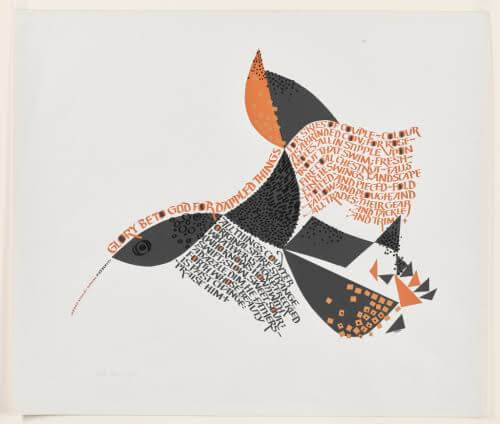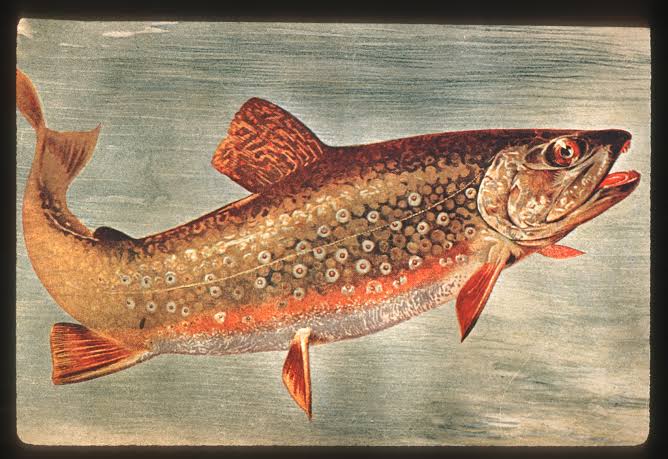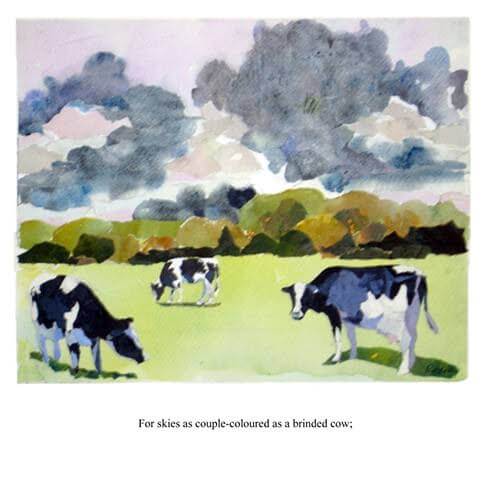Pied Beauty SummaryIntroductionGerard Manley Hopkins, an English poet, wrote the short sonnet "Pied Beauty" between 1844 and 1889. It wasn't published until 1918, when it was a part of the anthology Poems of Gerard Manley Hopkins, despite being composed in 1877. Although the gender of the speaker in "Pied Beauty" is not stated, most reviewers tend to compare the speaker to Hopkins himself. Hopkins, a devoted Christian, expressed his faith in God and his creation in this poem with assurance and gladness. At the start and the end of the poem, the speaker approaches God in an effort to praise him. Although the gender of the speaker in "Pied Beauty" is not stated, most reviewers tend to compare the speaker to Hopkins himself. Hopkins, a devoted Christian, expressed his faith in God and his creation in this poem with assurance and gladness. At the start and the end of the poem, the speaker approaches God in an effort to praise him. The speaker is essentially making a case to the reader for both the presence of God and his teleological (intelligent) creation of the universe. The speaker is urging the listeners to "look around and behold the majesty of God's work." 
The poem's conclusion is subtly satirical and gorgeously unexpected: after a lyric praising variety, God's immutability is extolled in contrast. God's detachment from creation is highlighted, as well as his immense inventiveness, by contrasting His changelessness with the ups and downs of His creation. This pivot, or volta, also serves to illustrate the poet's ability to bring together seemingly disparate ideas through form and content: the meter is Hopkins's own sprung rhythm, and the inclusion of numerous alliterative syllables acts as an audible representation of the visual variety Hopkins refers to. Summary of the Poem

Glory be to God for dappled things- Hopkins pays gratitude to God in the poem's first line for making "dappled things" throughout the universe. The dappled things show the glory of God. The "pied beauty" of Nature, with its dappled and multicoloured look, pleases the poet. The term "dappled things" in this context refers to items that are mottled and have several colours. In actuality, the word "pied" in the title has the same connotation. For skies of couple-colour as a brinded cow; Fresh-firecoal chestnut-falls; finches' wings; The poet then continues to provide examples of nature's aesthetic splendour from lines 2 to 4. He begins by referring to the "skies of couple colour," which he likens to a cow that is brindled or has streaks of a different hue mixed in with its brown colouring. Then he explains the fish that are swimming around with rose-colored skin that has black spots on it. The phrase "skies of couple-color" refers to a sky that appears to be two colors, while the phrase "as a brined cow" refers to a cow with two colors. In this context, the word "Brinded" means "streaked". It seems strange to compare the sky to a striped cow. The poet refers to the rose-colored patterns dotted with black when he writes, "For rose-moles all in stipple," whereas trout refers to a particular species of fish. He then talks about chestnut tree windfalls, which after falling to the ground crack open to reveal the reddish-brown nut within that resembles fresh firewood. He continues by mentioning finches with colourful wings. He refers to fallen chestnuts from the tree that resemble burning coals when he says: "Fresh-firecoal chestnut-falls." During his spiritual formation, Hopkins had a vision of Nature flowing from the inside out with vibrant hues and life. The term "finch's wing" refers to a bird with a variety of colours on its wings. Landscape plotted and pieced - fold, fallow, and plough; From lines 5 to 6, the poet states that there are also dappled objects that were made by humans. Land is divided into small plots or fields by man, some of which are used as folds on sheep fences, others of which are left "fallow" for a while to serve as meadowland, and still others of which are ploughed to grow crops. Then there are several industries, each with its own clean and well-kept machinery. All things counter, original, spare, strange; The poet summarises the general characteristics of such dappled items in lines 7 to 9. He respects the coexistence of seemingly opposing things. He values their originality and distinctiveness, as well as their scarcity, which makes them valuable and sets them apart from one another. He appreciates their extreme changeability, or the irregularity in both their look and the length of their freckles or speckles He also poses the metaphysical query, "Who knows how?" at the same moment. He aims to imply that no one is able to provide an explanation for why these objects are "freckled". Some things are fast, some things are sluggish; some things are sweet, some things are sour; some things are incredibly bright, other things are dull. But no one can explain why these discrepancies exist. He fathers-forth whose beauty is past change: The poet claims that God is the source of all of these things in lines 10-11. His beauty endures forever and is unchanging. Let us give thanks to God, who made everything iridescent. Main ThemeThe Glory of God"Pied Beauty" is a form of a hymn of adoration to God, just like many other works by the Victorian poet Gerard Manley Hopkins. It examines the universe in all its complexity with exquisite detail and recognises the splendour of God's creation in the variety and abundance of the world. The poem particularly praises God's ability to create contrasts. God's work is honored in the poem, and the reader is encouraged to do the same. "Pied" refers to having multiple hues, and the speaker most appreciates the variety of God's creation. The poem largely uses a close examination of nature to convey this, but it also makes use of more abstract concepts and humankind's "trades" in other places. The first stanza is primarily on the natural world and begins with a prayer to God which praises "dappled things" (another word for "pied"). The speaker is in awe of nature and recognises the majestic teleological design of God in it (which simply means that God created the world with purpose and intent). The speaker highlights some of these more striking illustrations of "piedness," including two-toned skies (particularly the look of a storm approaching), fish with spots, chestnuts with their green coating, and bird wings with different colours. All of these are good and deserving of praise because they are a part of God's plan. But not only the natural world, but also human activity reveals God's glory. Pied beauty can be found in human labours more broadly as well as in the way humans cultivate the land (consider green turf in contrast to the colour of brown earth). In this poem, the mere diversity of human endeavor is viewed as a form of beautiful beauty. It is impossible to know with certainty what "gear and tackle and trim" stand for, but regardless of whether they particularly refer to agricultural labor or to more diverse "trades" like fishing and fabric production, they are undoubtedly intended to foster this appreciation of the beauty in diversity. The poem's argument that there is magnificent proof of God's handiwork everywhere, not just in the natural world, is one of its main points. The focus of the second stanza is shifted from physical illustrations of "pied" beauty to an abstract list of opposites, such as "swift" and "slow," "sweet" and "sour," and "light" and "dark." This point is made with persuasive intensity. In other words, the world's infinite variety and the fact that seemingly opposing categories can coexist in perfect harmony serve to demonstrate God's majesty in addition to the things that are manifestly lovely. This is how the speaker understands God's "fathering-forth" of the world. "Pied Beauty" is a poem that seeks to draw the reader's attention to the beauty of the world and to discover in that beauty the intelligence and generosity of the Christian God. It begins and ends with the words "glory" and "praise." According to the poem, everything in existence serves as proof of God's ability to create; the variety of the world is a frequently overlooked but no less significant component of its beauty.
Next TopicPorphyria's Lover Summary
|
 For Videos Join Our Youtube Channel: Join Now
For Videos Join Our Youtube Channel: Join Now
Feedback
- Send your Feedback to [email protected]
Help Others, Please Share









